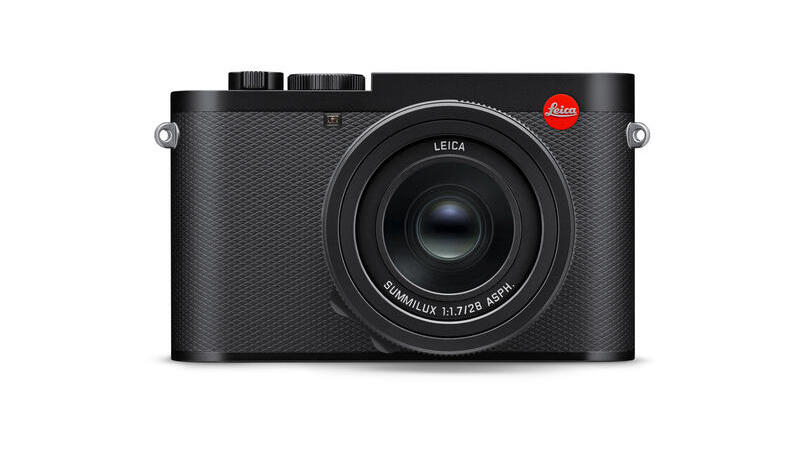Over the past ten years, there has been an increasingly clear feeling that digital cameras are on the verge of extinction. As smartphone camera capabilities have expanded, simple cameras have fallen out of favor with the general public—total digital camera sales have plummeted 93% of their all-time high. But now in the segment of premium models there has been an unexpected return to basics.

Image source: leica-camera.com
Entry-level cameras are almost out of circulation, while elite models are steadily increasing sales, notes the Economist. Brands like Leica, Fujifilm and Nikon have shifted their product offerings to premium offerings, and the strategy is paying off. The average selling price (ASP) of a new camera has tripled over the past six years, according to the Camera and Imaging Products Association. According to the latest data, global camera shipments from January to May 2024 grew almost 12% year-on-year to more than 3 million units, the highest level in three years. The dynamics are due to the steady demand for expensive mirrorless cameras, which have significantly exceeded sales of DSLRs around the world. Sales of DSLR cameras continue to fall.
The biggest beneficiary of this trend is the German brand Leica. One of his latest models, the Leica Q3, retails for $6,000, and that’s before additional accessories—the thumb rest alone costs $245. Despite the high price, at the time of the model’s release, waiting lists stretched for six months ahead. Last year, Leica reported record sales of €485 million, up from €444 million the year before. Demand for the premium Fujifilm X100 line of cameras is equally strong, although the latest model is priced at $1,600.
Ironically, the driving force behind this passion may have been the ubiquity of mobile photography, says Nikon President Muneaki Tokunari. Smartphone cameras have created a taste among the population for creative photography as a hobby rather than an additional practical function.